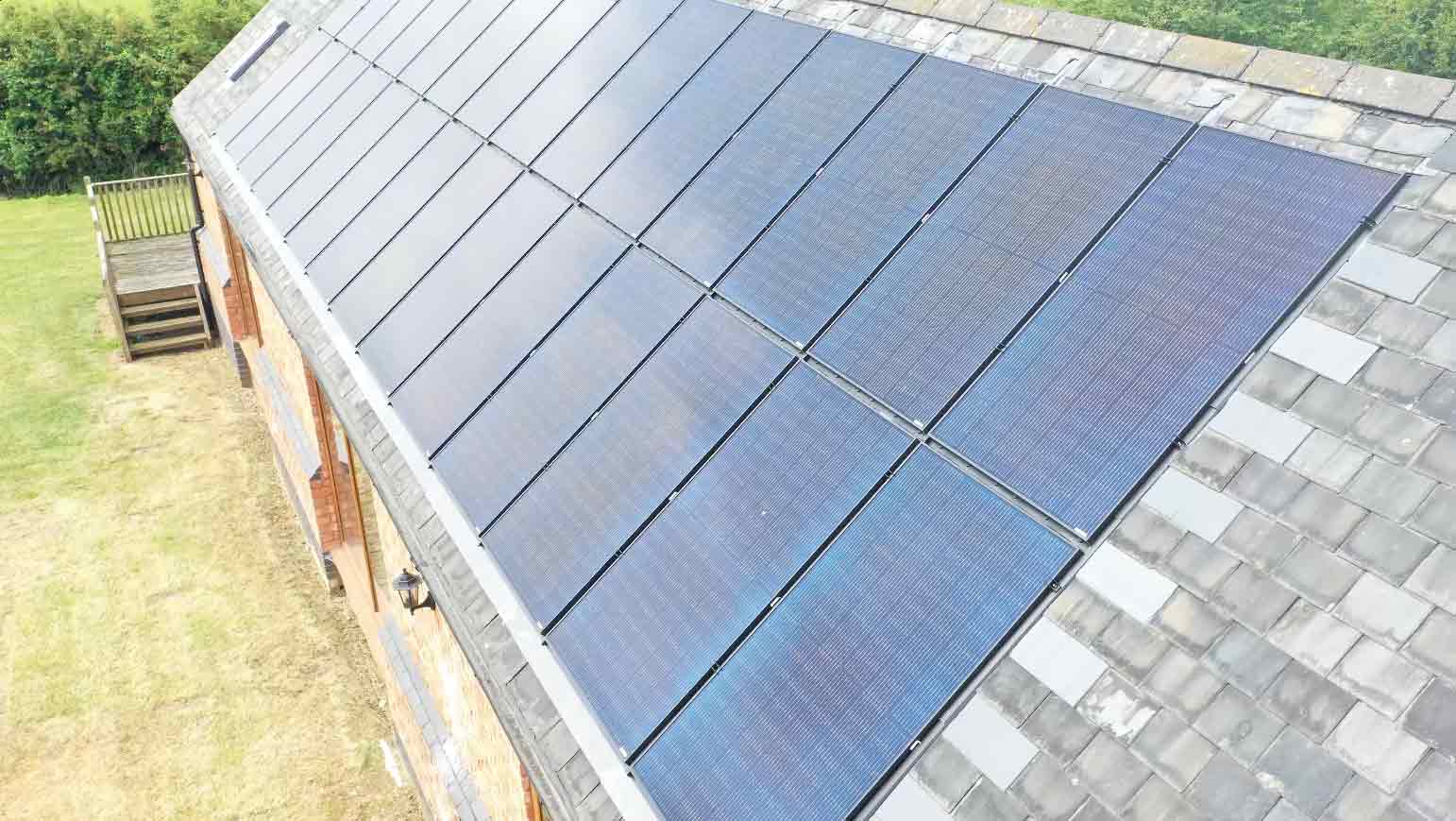SMART EXPORT GUARANTEE TARIFFS
A government scheme that requires energy suppliers to pay you for the excess electricity sent back to the National grid.
What is the Smart Export Guarantee?
The SEG is a government scheme that requires large energy suppliers (those with more than 150,000 customers) to pay small-scale electricity generators for the excess low-carbon electricity they send back to the National grid.
These utility companies – known as SEG licensees – can set their own export payment rates, but it has to be above zero.
This applies to other renewable energy generation such as wind and hydro as well, but the majority of people will export energy from their solar panels and battery storage systems.
In order to receive SEG payments, the solar panel installation must be suitably certified (Microgeneration Certification Scheme (MCS) or equivalent) and you’ll need a smart meter to be fitted by your utility company capable of giving half-hourly readings (SMETS2 and some SMETS1 meters can do this). Your energy supplier or SEG licensee should be able to tell you whether your current meter is suitable.

Are ‘Enhanced’ SEG Export Tariffs all that they seem?
Since the Smart export guarantee was introduced in 2020, licensed energy suppliers have begun to offer a range of enhanced export rates aside from those required under the SEG scheme.
Caution is advised when entering into these ‘seemingly fantastic deals’ which on the surface appear good but means the utility company must fit your system, we all know the perils of dealing with large organisations especially those who enjoy listening to ‘piped music’.
A read through the small print often also reveals nasty clauses such as continued import supply from the company or lose the deal.
Our advice is simple, be careful and do not lock yourself in jail with a utility company who will get their money back somehow!
Standard Rates with no long-term supply commitment vary considerably but, most solar panel generators are still receiving rates far less for their exported electricity than the utility companies charge to supply it.
There are however some good deals out there still for clients, but it should be remembered selling your self-generated exported power is not the reason to fit Solar panels. Utilising and harnessing this power into battery storage offers far greater rewards and returns!
All of our systems are compatible to join the SEG and we have Octopus to be the most user friendly company to deal with, Octopus have a broad range of enhanced tariffs with no long term commitment.
How do I apply for Smart Export Guarantee tariffs?
Your installation must be below a maximum capacity of 5MW – which is far higher than any domestic property should need – unless it’s a micro combined heat and power installation, in which case the upper limit is 50 kW.
You must provide your Microgeneration Certification Scheme (MCS) certificate, or an equivalent document from other organisations such as Flexi-orb.
If your system does not have an MCS certificate Octopus Energy do accept non MCS applications.
You will be required to provide an Electrical installation certificate, Building Regs certificate of compliance, DNO notification, and confirmation that all products fitted are compliant and MCS certified.
An administration fee of £250 is charged to process the application, and customers on supply with Octopus Energy will receive the higher SEG export rate of 12.9p per Kwhr*
You also must have an export meter fitted – that is, a meter that’s capable of measuring your exported electricity. If you do not have a smart meter fitted, a call must be made to your current electricity provider to request one before applying for SEG.
If you already have a smart meter, it is still a good idea to check that your meter is eligible with your SEG supplier.
You’ll also need to give your SEG company your export MPAN – a 13-number reference that your supplier can use to identify your electricity connection export point. If you’re unsure about where you can find the export MPAN or have not yet had one issued, just ask your SEG supplier who will retrieve it for you from the central meter database.
Can I switch and move my SEG to another supplier?
The answer to this question is Yes, however, exit fees may apply if you leave before the end of your contract term.
It is always therefore a good idea to check through diligently the terms and conditions of your SEG agreement, before signing up to any agreement with an SEG licensee.
Particular attention is again drawn to the aforementioned ‘enhanced SEG tariffs’ whereby the utility company concerned, will only pay higher SEG rates if you remain on imported supply with them.
Which companies are currently offering the best SEG Rates?
Currently standard SEG rates are around 12-15p per Kwhr for simple ‘no strings attached’ contracts. Enhanced tariffs again are available for customers with battery storage, an example being Intelligent Flux from Octopus where only certain brands of battery storage products qualify.
This SEG product whilst being seemingly lucrative, enables Octopus Energy to take control of your home battery and discharge power into the public grid at set times. Not only does this tariff restrict customers into making a choice of what battery storage product to select, but questions remain from many installers on whether the lifespan of the battery and inverter may be affected due to the additional forced charging/discharging cycles. The simple answer is to talk to your installer first, who will advise you on not only the best products to suit your homes energy profile, but also what would be the best SEG solution for you.

GET IN TOUCH TODAY!
Call or message us to get your solar installation under way.